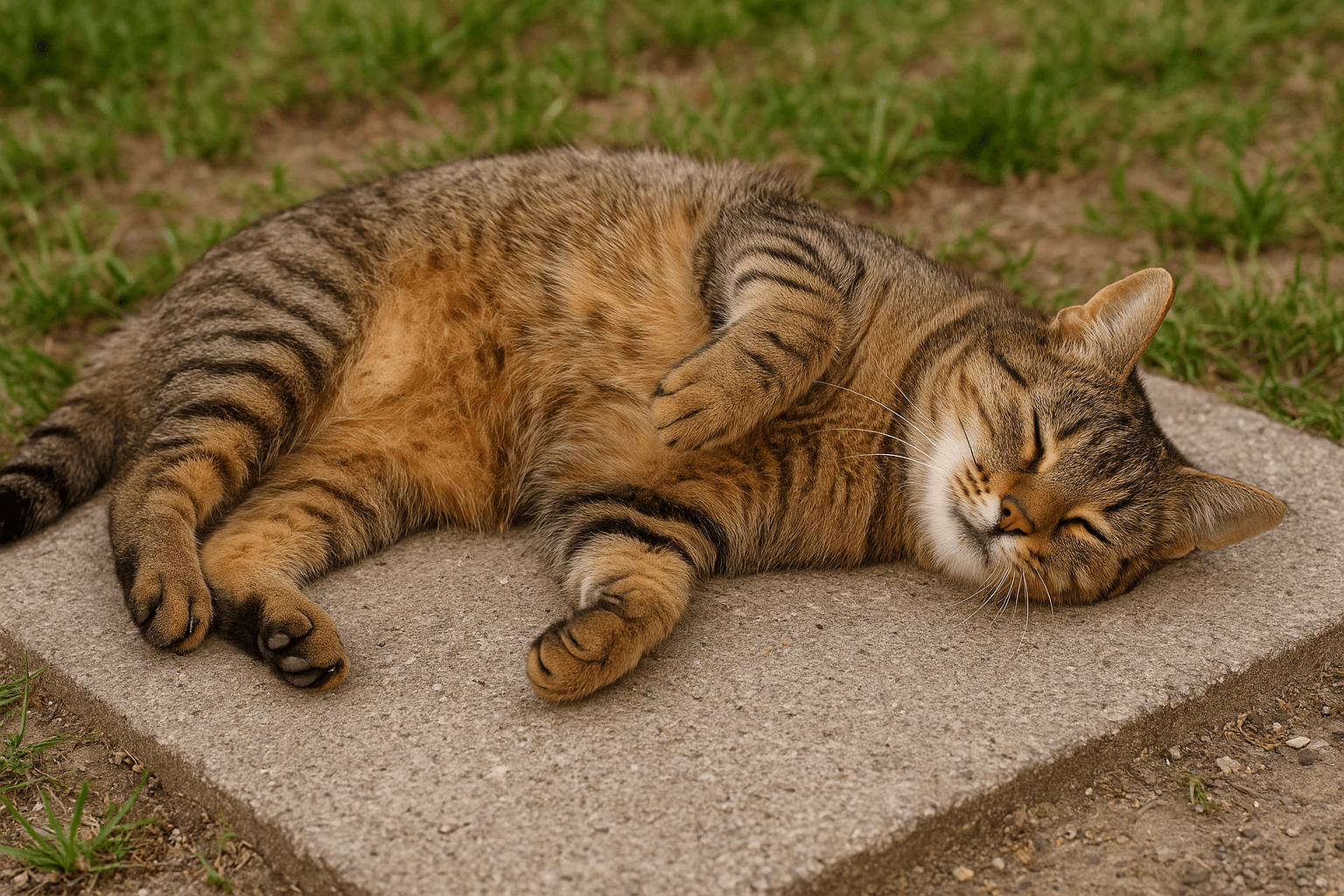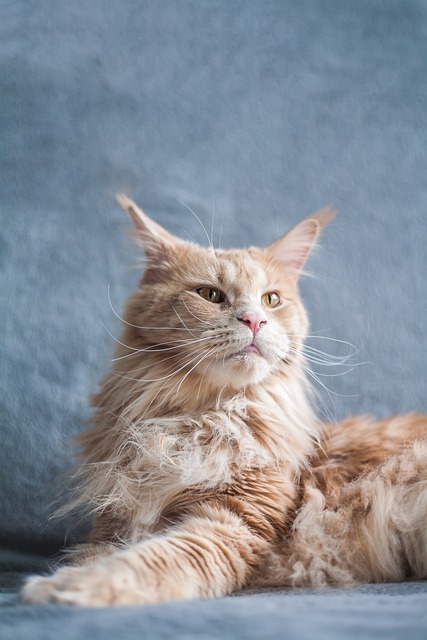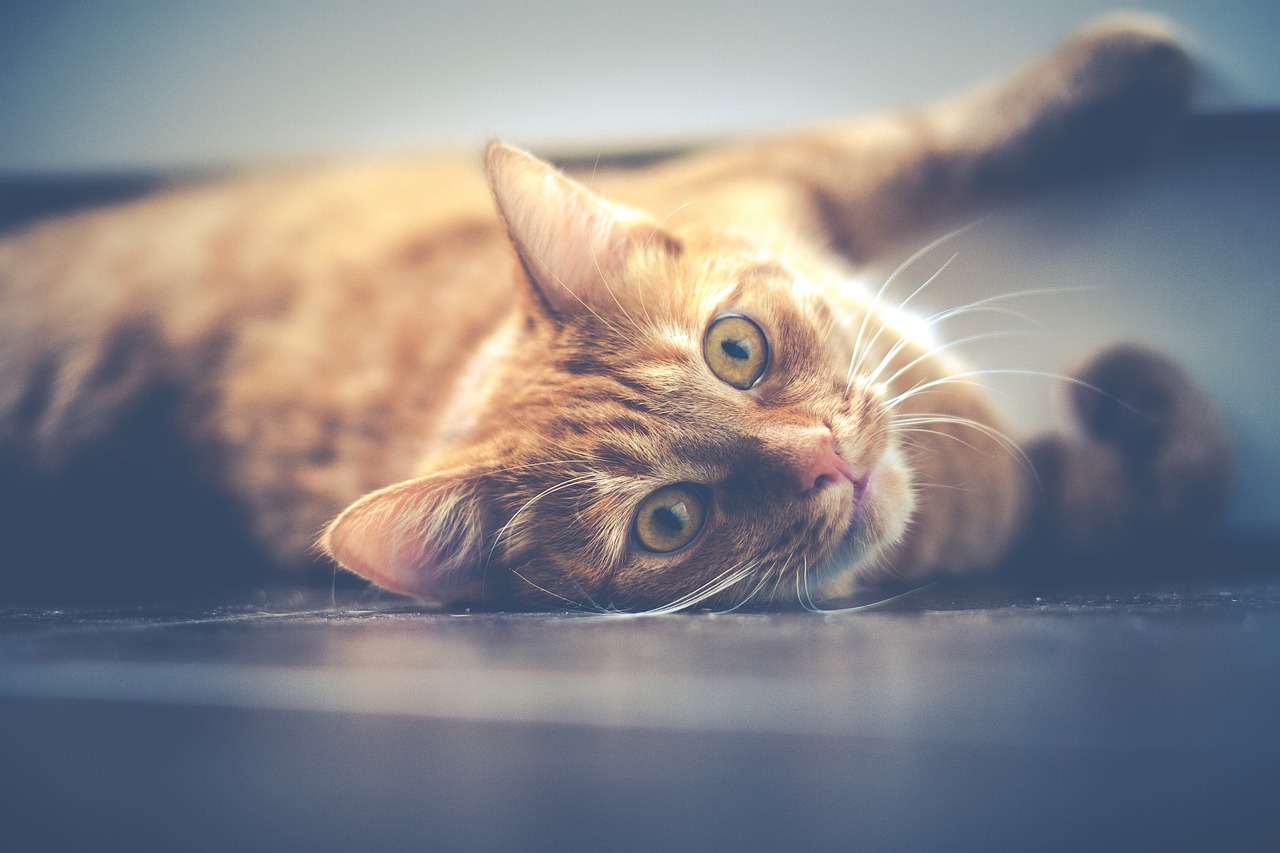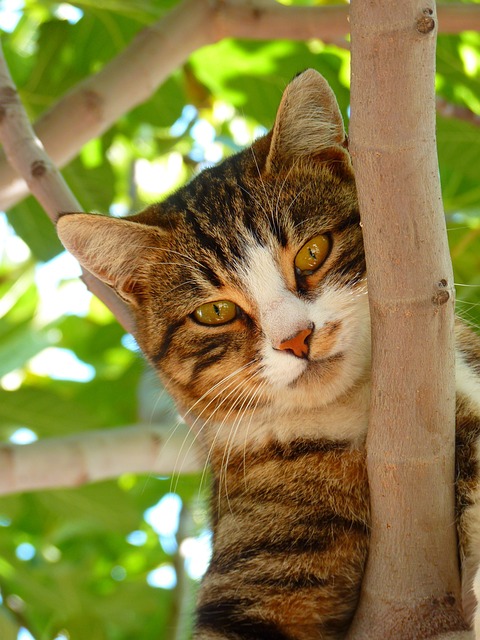If you’ve been scrolling through TikTok, Instagram Reels, or YouTube Shorts recently, you’ve probably seen the latest feline craze — cats relaxing, stretching, or rolling on concrete. Known affectionately online as the “cat concrete” trend, this behavior has captured the hearts of millions of cat owners around the world.
What started as a few cute clips has evolved into a full-blown global discussion among cat lovers and animal behaviorists alike. Why do cats love lying on hard, cold concrete instead of their soft, cozy beds? Is there a deeper meaning behind this trend? Let’s dive into the science, psychology, and social media buzz behind cat concrete.
The Rise of the “Cat Concrete” Trend on Social Media
Cat Concrete : From Random Videos to a Viral Sensation
The cat concrete trend first exploded on TikTok in mid-2025, when users began posting videos of their cats lounging on patios, sidewalks, and driveways. The hashtag #catconcrete quickly amassed millions of views, and soon pet influencers, behavior experts, and even vets were chiming in.
In one viral clip, a ginger cat sprawled across a sunny concrete driveway, eyes half-closed, looking utterly blissful. The caption read: “Forget the cat tree, he only wants the concrete.” That single post received over 3 million likes, sparking thousands of similar uploads.

The Appeal of “Relatable” Cat Behavior
Part of what makes the cat concrete phenomenon so shareable is its relatability. Many owners suddenly realized — “Wait, my cat does that too!” It’s a universal feline quirk that crosses breeds, countries, and cultures.
Moreover, it fits perfectly with the internet’s obsession for candid, authentic pet moments. Unlike fancy cat toys or luxury cat furniture, cat concrete videos show that cats can find joy in the simplest things — even a slab of stone.
The Science Behind Why Cats Love Concrete
1. Concrete Feels Good on Their Bodies
Cats are extremely sensitive to temperature. Concrete surfaces tend to retain heat from the sun during the day and stay pleasantly cool in the shade. This makes them perfect for thermoregulation — helping cats warm up or cool down depending on their needs.
So when your cat lies belly-down on the sidewalk, it’s not just being dramatic — it’s being strategic.
Fun fact: Concrete absorbs and radiates heat more efficiently than wood or fabric, which explains why many outdoor cats nap on driveways or parking areas.
2. Concrete Holds Scents
Cats communicate heavily through scent. When your cat rubs, rolls, or stretches on concrete, it’s likely marking its territory. Concrete is porous, meaning it holds scents better than smooth surfaces.
Your cat might be leaving behind its scent while simultaneously enjoying the familiar smells embedded in the concrete — like the sun, soil, or even your footsteps.

3. The Texture Feels Stimulating
Cats love varied textures. The slightly rough surface of concrete provides mild friction that helps stimulate their skin and coat. For some cats, rubbing against it can feel like a gentle massage or grooming aid, helping remove loose fur.
Expert Insights: What Veterinarians and Behaviorists Say
Dr. Annie Valuska, an animal behaviorist quoted in People Magazine, explains that cat concrete behavior is both natural and healthy — as long as the environment is safe.
“Concrete offers sensory enrichment for cats — it smells interesting, feels different under their paws, and provides a comfortable resting temperature,” says Dr. Valuska.
However, she warns owners to check for safety:
- Ensure the surface isn’t too hot (especially in direct sunlight).
- Avoid areas contaminated by chemicals, oil, or rough debris.
- Monitor your cat’s paws for minor abrasions if it lies or rolls frequently on rough concrete.
The Connection Between Cat Concrete and Enrichment Trends
Feline Enrichment: The 2025 Pet Care Buzzword
The cat concrete trend aligns perfectly with the growing movement toward feline enrichment — creating environments that mimic natural behaviors and stimulate mental health.
Pet parents in 2025 are shifting away from pure aesthetics (cute toys and matching bowls) toward functional enrichment — things that truly make their cats happier.
Concrete play areas, outdoor patios, and natural textures are part of this wave. They encourage exploration and let cats use their instincts: smelling, scratching, and lounging in ways that feel natural.
The Rise of DIY Cat Concrete Spaces
Because of this trend, many cat owners have started creating small “cat concrete zones” at home. These might include:
- A small outdoor patio corner with smooth, safe concrete tiles.
- Indoor concrete panels or faux concrete mats for temperature play.
- Sunlit window ledges or balconies lined with cat-safe concrete surfaces.
This simple change can drastically improve your cat’s wellbeing — no expensive cat furniture required.
How to Safely Create a “Cat Concrete” Zone at Home
1. Choose the Right Concrete Surface
Pick a clean, sealed, and smooth concrete area. Avoid rough or unsealed slabs that can scrape paws. If you’re indoors, concrete tiles or polished cement flooring work great.
2. Monitor Surface Temperature
Concrete can get scorching hot or icy cold depending on the season. Before letting your cat lounge, test the temperature with your hand — if it’s too hot for you, it’s too hot for them.
3. Add Comfort Options
Combine the hard surface with nearby comfort spots — a soft towel, a shaded area, or a climbing perch. This gives your cat choices, which increases overall enrichment.
4. Clean Regularly
Concrete can trap odors and dust. Wipe it occasionally with mild, pet-safe cleaners to prevent buildup of harmful residues.

The Psychology: Why Cats Prefer Simple Things
Cats are mysterious creatures. Despite the luxury of modern pet products, they often prefer a cardboard box, a paper bag — or now, a concrete slab.
This preference highlights an essential truth: cats value control and familiarity over extravagance. The stability and texture of concrete may provide a sense of safety and territorial ownership that plush materials can’t.
In essence, the cat concrete craze reminds us that our feline friends don’t need much — just a space that feels right to them.
Cat Concrete and Social Media: A Match Made in Algorithm Heaven
The visual simplicity of cats on concrete has made this trend irresistible online. The stark contrast of soft fur against hard gray surfaces is aesthetically pleasing and emotionally engaging.
It’s easy to film, relatable for cat owners, and universally “cute.” Combined with catchy sounds and short captions, it’s the perfect recipe for viral success.
Marketers and pet brands have already started tapping into this. Some are even releasing cat-safe concrete mats or “outdoor feel” tiles designed to mimic the sensory appeal of real concrete indoors.
Common Myths About Cat Concrete
❌ Myth 1: Concrete Is Bad for Cats
Not true. As long as it’s clean and temperature-safe, concrete is harmless. In fact, it can be beneficial for sensory and temperature regulation.
❌ Myth 2: Cats Lie on Concrete Only Because They’re Hot
Temperature is one factor, but not the only one. Cats also love the smell, texture, and territorial satisfaction concrete provides.
❌ Myth 3: Concrete Means Boredom
Rolling or lying on concrete isn’t a sign of boredom or sadness — it’s a form of exploration and enjoyment.
The Bigger Message Behind the Cat Concrete Trend
The cat concrete phenomenon is more than just a viral meme — it’s a lesson in observing and appreciating the natural instincts of animals. It shows us that enrichment doesn’t have to be complicated.
Sometimes, all it takes to make a cat happy is a sunny slab of concrete, a bit of space, and the freedom to choose where to lie.
It also encourages owners to think about environmental design — creating homes that honor cats’ instinctive preferences rather than forcing human comfort standards onto them.
Conclusion: From Trend to Lifestyle
The cat concrete trend may have started as a cute TikTok moment, but it reflects something much deeper — a growing awareness of feline behavior and welfare.
By observing and understanding why cats are drawn to concrete, we can better meet their physical and emotional needs. Whether it’s a sunny driveway or a small patio corner, giving your cat a safe place to enjoy their favorite concrete spot can make their world a little happier.
So next time your cat ignores its plush bed for a patch of hard ground, don’t take it personally — it’s just following its natural instincts, one concrete slab at a time.
🐾 Key Takeaways
- Cat concrete is a global trend showing cats lounging or rolling on concrete.
- It’s linked to natural feline behaviors — temperature control, scent marking, and texture exploration.
- You can safely replicate it at home with clean, smooth, temperature-controlled concrete zones.
- The trend aligns with 2025’s growing focus on pet enrichment and animal-centered design.






